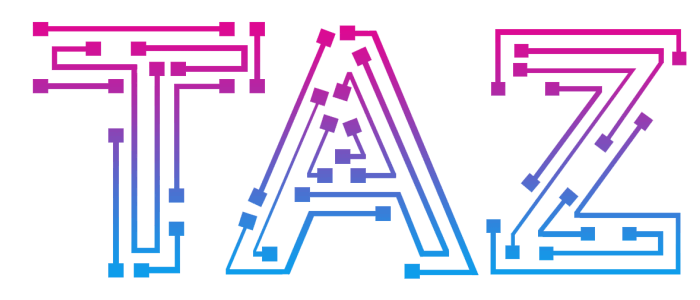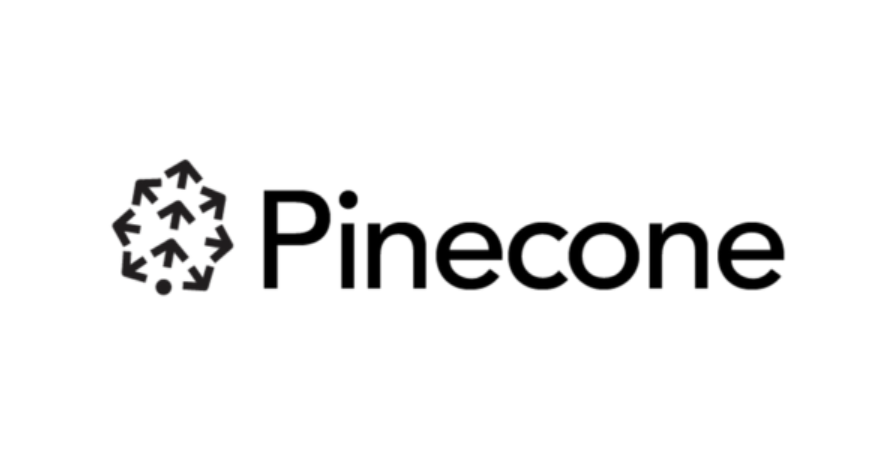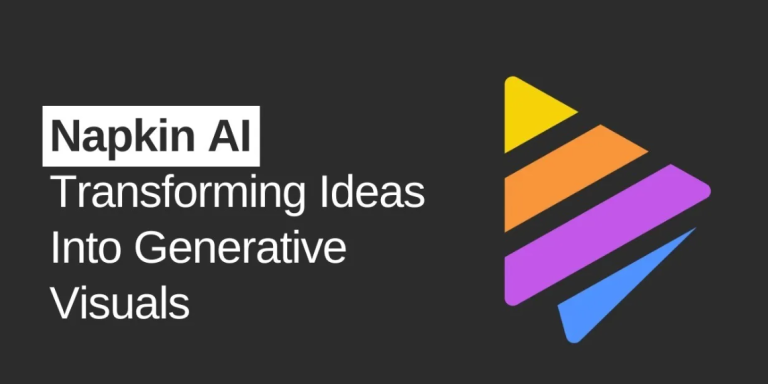Last updated: May 2025
Introduction
Long-term memory systems have become essential for advanced AI applications, enabling models to maintain context across interactions and retrieve relevant information efficiently. At the core of modern AI memory solutions lie vector databases, which store and retrieve data based on semantic similarity rather than exact matching. This article examines the leading vector database solutions and embedding models that power AI long-term memory systems in 2025, comparing their performance, features, and practical applications.
Understanding Vector Databases for AI Memory
Vector databases store data as high-dimensional vectors (embeddings) and allow for efficient similarity search. Unlike traditional databases that rely on exact matches, vector databases find information based on semantic similarity, making them ideal for AI memory systems that need to understand context and meaning. Key aspects that differentiate vector database solutions include:
- Indexing Efficiency: Speed and resource consumption of vector indexing
- Query Performance: Latency and throughput for similarity searches
- Scalability: Ability to handle growing vector collections while maintaining performance
- Persistence Options: Methods for storing vectors long-term and recovery capabilities
- Embedding Model Integration: Support for various embedding models and dimensions
- Filtering Capabilities: Combining vector similarity with metadata filtering
- Clustering & Sharding: Distribution mechanisms for large-scale deployments
- API Design: Developer experience and integration simplicity
- Cost Structure: Pricing models and resource efficiency
Top Vector Databases for Long-Term Memory
1. Pinecone
Strengths:
- Exceptional vector search performance with sub-10ms latency at scale
- Superior integration with all major embedding models
- Excellent horizontal scaling for massive vector collections
- Robust metadata filtering combined with vector search
- Comprehensive developer documentation and code examples
- Strong security features including SOC 2 compliance
Weaknesses:
- Higher pricing compared to self-hosted alternatives
- Limited control over infrastructure configuration
Pricing:
- Starter: Free tier with limited usage
- Standard: $0.096 per hour per pod
- Enterprise: Custom pricing with dedicated infrastructure
Best For:
- Production-grade AI applications requiring reliable vector search
- Teams needing managed infrastructure without operational overhead
- Applications requiring seamless scaling as vector collections grow
2. Qdrant
Strengths:
- Powerful open-source foundation with MIT license
- Excellent performance with optimized HNSW indexing
- Strong filterable search capabilities
- Flexible deployment options (cloud, on-premises, embedded)
- First-class Rust implementation with multiple client libraries
- Active development community and responsive support
Weaknesses:
- Cloud service automatically shuts down instances with no usage (requires manual restart)
- Less mature enterprise features compared to leading competitors
Pricing:
- Open-source: Free self-hosted option
- Cloud Free Tier: Basic usage with limitations
- Cloud Standard: Pay-as-you-go starting at $0.09/hour
- Enterprise: Custom pricing with SLAs and support
Best For:
- Organizations preferring open-source solutions with self-hosting options
- Projects requiring fine-grained control over vector search implementation
- Applications with intermittent usage patterns (with manual monitoring)
Embedding Models Comparison
The effectiveness of vector databases depends significantly on the quality of the embedding models used to convert raw data into vectors. Here’s a comparison of the top embedding models in 2025:
| Rank | Model Name | Dimension | Base URL for API Call |
|---|---|---|---|
| 1 | NV-Embed-v2 | 1024 | https://api.nvidia.com/v1/embeddings/nv-embed-v2 |
| 2 | Voyage-3-large | 1536 | https://api.voyage.ai/v1/embeddings |
| 3 | Stella-400m | 768 | N/A (Open-source, no official API) |
| 4 | E5-base-v2 | 768 | N/A (Open-source, no official API) |
| 5 | BGE-M3 | 1024 | N/A (Open-source, no official API) |
| 6 | text-embedding-3-large | 3072 | https://api.openai.com/v1/embeddings |
| 7 | GTE-large | 1024 | N/A (Open-source, no official API) |
| 8 | Jina-embeddings-v2 | 768 | https://api.jina.ai/v1/embeddings |
| 9 | Cohere-embed-v3 | 1024 | https://api.cohere.ai/v1/embeddings |
| 10 | Sentence-T5-large | 768 | N/A (Open-source, no official API) |
Selecting the Right Embedding Model
The choice of embedding model significantly impacts vector database performance. Consider these factors:
- Dimensionality: Higher dimensions (768-3072) generally capture more semantic nuance but require more storage and computational resources
- Domain Specialization: Some models excel in specific domains (medical, legal, technical) while others are optimized for general knowledge
- Language Support: Models vary in their multilingual capabilities, with some optimized for specific languages
- Computation Cost: API-based models incur ongoing costs while open-source models have higher initial compute requirements
- Licensing: Consider whether commercial use is permitted, especially for open-source models
Other Long-Term Memory Solutions
app.kortex.co
Overview:
Kortex offers a knowledge management system with vector-based storage and retrieval, focusing on personal knowledge graphs and note organization. It attempts to provide an intuitive interface for capturing and connecting information.
Strengths:
- Visually appealing knowledge graph visualization
- Integrated with common productivity tools
- Good for personal knowledge management
Weaknesses:
- Less robust for enterprise-scale applications
- Limited customization for vector search parameters
- Fewer integration options compared to dedicated vector databases
Pieces for Developers
Overview:
Pieces for Developers aims to be a comprehensive code snippet and development knowledge management tool with AI-powered search and suggestions.
Strengths:
- Specialized for code and developer workflows
- Good integration with some development environments
- Useful context-aware suggestions
Weaknesses:
- Persistent issues with IDE loading and stability
- Considerable resource consumption
- Inconsistent performance across different development environments
Google Notebook
Overview:
Google’s implementation of AI-powered note-taking with vector-based retrieval and suggestion capabilities.
Strengths:
- Deep integration with Google ecosystem
- Accessible through familiar Google interface
- No additional account required for Google users
Weaknesses:
- Generally disappointing retrieval performance
- Limited customization options
- Poor handling of complex information structures
- Unpredictable suggestion quality
Vector Database Architecture for Long-Term Memory
Indexing Methods
Modern vector databases employ sophisticated indexing structures like HNSW (Hierarchical Navigable Small World), IVF (Inverted File Index), and PQ (Product Quantization) to enable efficient similarity search. These methods create navigable graphs or partitioned spaces that dramatically reduce the search space, allowing sub-second queries even with billions of vectors.
Persistence Strategies
Vector databases employ various persistence approaches including memory-mapped files, dedicated vector storage formats, and hybrid solutions combining traditional databases with vector indices. Advanced systems implement incremental persistence with journaling to ensure data durability while maintaining high write throughput.
Querying Techniques
Beyond basic k-NN (k-nearest neighbors) queries, modern vector databases support advanced retrieval methods including hybrid search (combining vector similarity with keyword matching), filtered vector search (applying metadata constraints), and composite queries that blend multiple vector spaces.
Distribution Patterns
Scalable vector databases implement sophisticated distribution strategies including dimension-based sharding, index partitioning, and replica management to balance query load while maintaining retrieval accuracy. These approaches enable horizontal scaling for collections with billions of vectors.
Implementation Approaches
Conversational Memory
AI systems store conversation history as vector embeddings, enabling semantic search over past interactions. When new messages arrive, they’re embedded and used to query the vector database for relevant context, allowing the AI to reference previous discussions without exact keyword matching.
Document Memory
Long documents are chunked into smaller segments, embedded, and stored in vector databases with relevant metadata. During retrieval, user queries are embedded and used for similarity search, returning the most semantically relevant document sections rather than keyword-based results.
Knowledge Graphs with Vector Enhancement
Traditional knowledge graphs are augmented with vector embeddings for each node and edge, enabling fuzzy matching and semantic exploration. This hybrid approach combines the structured relationships of graphs with the semantic understanding of vector embeddings.
Multi-modal Memory Systems
Advanced implementations store embeddings from different modalities (text, images, audio) in unified or interconnected vector spaces, allowing cross-modal retrieval where a query in one format can retrieve relevant information in another.
Performance Optimization
To maximize vector database efficiency for long-term memory applications:
- Dimension Reduction: Consider techniques like PCA or autoencoders to reduce embedding dimensions while preserving semantic information
- Caching Strategies: Implement multi-level caching for frequently accessed vectors
- Batch Processing: Group vector operations for higher throughput
- Index Tuning: Adjust index parameters (M, ef_construction in HNSW) based on specific workload patterns
- Hybrid Search: Combine vector search with keyword or metadata filtering to improve relevance
Integration Patterns
Vector databases can be integrated into AI systems using several architectural patterns:
- Direct Integration: AI models communicate directly with vector databases via SDKs or APIs
- Memory Service Abstraction: A dedicated service manages interactions between AI systems and vector storage
- Hybrid Storage: Combining vector databases with traditional databases for different types of memory
- Event-Driven Memory: Using event streams to update and synchronize vector memories
- Memory Orchestration: Specialized middleware that coordinates multiple memory systems
- Edge-Cloud Distribution: Distributing vector indexes between edge devices and cloud infrastructure
Conclusion
Vector databases have revolutionized long-term memory for AI systems by enabling semantic storage and retrieval far beyond what traditional databases could achieve. Pinecone currently leads the market with its robust, scalable architecture, while Qdrant offers compelling advantages for those preferring open-source solutions or self-hosting. The selection of appropriate embedding models remains crucial, with NV-Embed-v2 and Voyage-3-large demonstrating superior performance in current benchmarks.
While purpose-built solutions like app.kortex.co, Pieces for Developers, and Google Notebook attempt to provide integrated memory experiences, they currently fall short of the performance and flexibility offered by dedicated vector database solutions. For most serious AI applications requiring long-term memory, a well-implemented vector database with carefully selected embedding models remains the optimal approach in 2025.
FAQs
Q: How do embedding dimensions affect vector database performance?
A: Embedding dimensions represent a critical trade-off in vector database implementations. Higher dimensions (1024-3072) typically capture more semantic nuance and enable more precise similarity matching, but they also increase storage requirements, index size, and query latency. Recent benchmarks show that 768-1024 dimensions often represent the optimal balance for most applications, with diminishing returns beyond this range. Some vector databases implement dimension reduction techniques internally, allowing storage of compressed vectors while maintaining search quality. For performance-critical applications, consider experimenting with different dimension sizes while measuring both semantic accuracy and system performance metrics like query latency and memory usage.
Q: How should I handle vector database persistence for mission-critical applications?
A: For mission-critical applications, implement a multi-layered persistence strategy: 1) Use vector databases with built-in persistence like Pinecone or self-hosted Qdrant with proper durability configuration; 2) Implement regular backup procedures for the vector data, including both the vectors and their metadata; 3) Store the original source data that generated the embeddings in a separate storage system, allowing re-embedding if necessary; 4) Consider a multi-region deployment for geographic redundancy; 5) Implement monitoring systems that verify index integrity and retrieval quality; and 6) Maintain versioning information for both the embedding models and the vector database indices to track potential quality degradation over time. Additionally, implement shadowing or A/B testing when upgrading embedding models to ensure continued retrieval quality.
Q: What approaches work best for handling very large-scale vector collections?
A: For managing very large vector collections (billions of vectors), consider these strategies: 1) Implement hierarchical clustering to create navigable sub-indexes for faster search; 2) Use vector compression techniques like Product Quantization or ScaNN to reduce memory requirements while maintaining acceptable accuracy; 3) Apply strategic sharding across multiple instances based on domains, time periods, or other logical separations; 4) Implement approximate search algorithms with tunable precision/speed trade-offs; 5) Consider hybrid search approaches that use metadata filtering to reduce the search space before vector similarity calculation; 6) Implement intelligent caching for frequently accessed vectors based on usage patterns; and 7) For extremely large collections, consider multi-tier architectures where a lightweight index identifies candidate clusters, followed by more precise similarity search within those clusters. Cloud-based solutions like Pinecone handle many of these optimizations automatically, while self-hosted solutions require more careful configuration.
Disclaimer: Rankings are based on market research, user experience, and expert analysis as of May 2025. Prices and features may have changed since publication.





